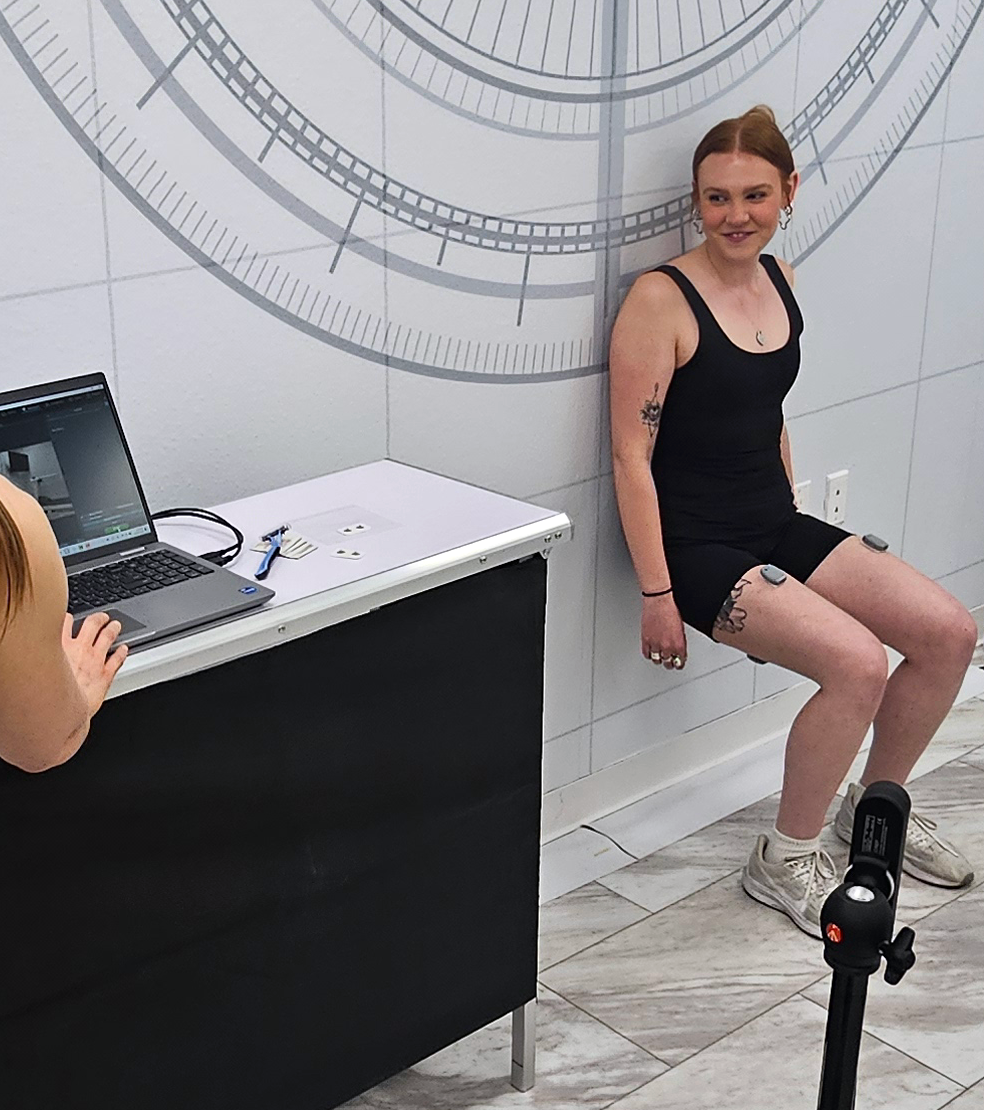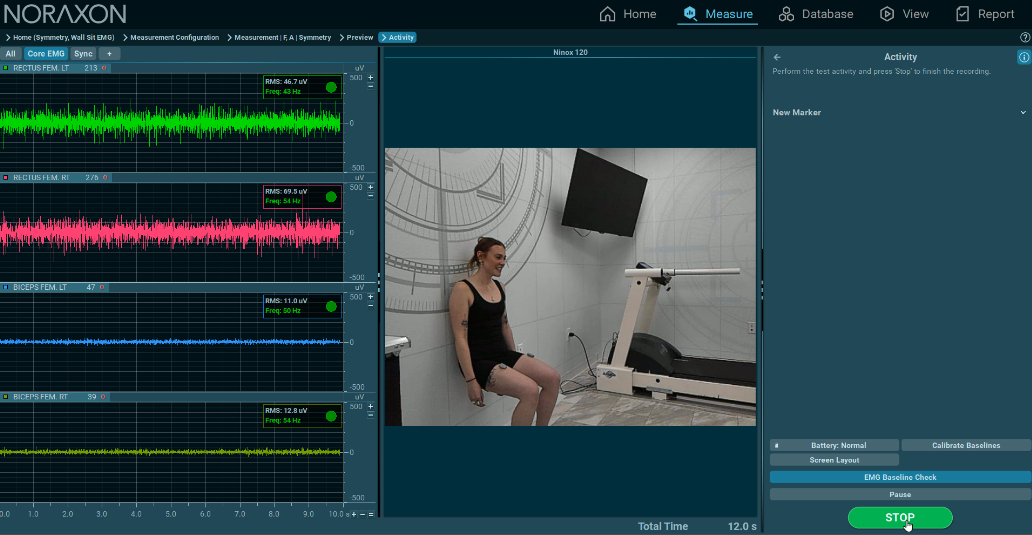Teaching EMG Analysis Through Muscle Fatigue: A Practical Lab Experiment Introduction: Bridging Theory and Practice in EMG Analysis
Electromyography (EMG) is a powerful tool for exploring muscle function, making it an invaluable resource for teaching students in fields like kinesiology, biomechanics, and physical therapy. By combining theoretical principles with a hands-on approach, educators can help students understand the intricacies of muscle fatigue and its implications for human performance.
The Wall Sit: A Simple, Effective Lab Exercise
The wall sit—a classic isometric exercise—is an excellent choice for introducing students to EMG analysis. Its controlled, measurable conditions make it easy for students to:
- Collect meaningful data on muscle activity.
- Explore fatigue-related trends such as shifts in frequency and amplitude.
- Correlate EMG results with physiological and biomechanical principles.
This experiment offers a rich, interactive learning experience that reinforces classroom concepts in a real-world context.


Learning Objectives for Students
Understand Muscle Fatigue:
- Learn how sustained muscle contractions affect electrical activity.
- Explore the physiological processes underlying fatigue.
Develop Technical Skills:
- Gain hands-on experience with EMG sensors and data acquisition systems.
- Learn to process and analyze EMG signals using common software tools.
Interpret and Apply Data:
- Identify fatigue markers such as declining median frequency and increasing root mean square (RMS).
- Discuss how findings relate to practical applications in exercise science, rehabilitation, and sports performance.

